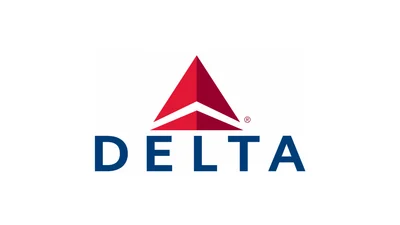Unveiled in the mid-1990s, the Boeing 777, known as the ‘Triple Seven’, was developed to meet the aviation industry's demand for a spacious, quiet, and fuel-efficient twin-engine widebody aircraft. Positioned between Boeing’s 767 and 747 models, the 777 typically carries between 300 and 450 passengers, with a range that varies from about 5,235 to 9,380 nautical miles depending on its variant.
The Boeing 777 program began in October 1990. The prototype was introduced in April 1994 and completed its first flight two months later. In June 1995, United Airlines became the launch customer by operating the first commercial flight of the aircraft. Since then, more than 1,700 units have been produced and over 70 airlines have operated the type. Emirates is currently the largest operator of the Boeing 777 fleet with more than 130 aircraft in service. Other major operators include Qatar Airways, United Airlines, and American Airlines.
One of the significant advancements brought by the Boeing 777 was its complete digital design process using Computer-Aided Design (CAD) software called CATIA. This technology allowed engineers to create precise virtual models of the aircraft without relying heavily on physical prototypes. The use of CATIA improved design accuracy and efficiency and continues to be used across various industries today.
 Alerts Sign-up
Alerts Sign-up





































